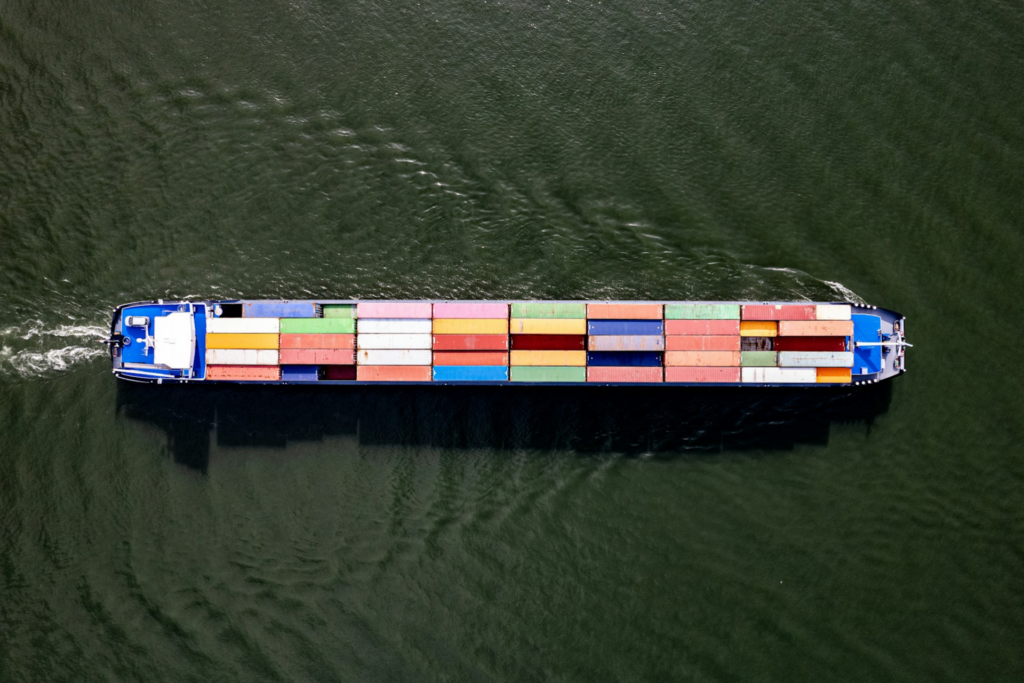The COVID-19 pandemic exposed flaws in the global supply chain. Most American manufacturers, retailers, and consumers thought they could access products easily. Then, they learned they had considerably less control than they had imagined.
Although supply chains have largely recovered from pandemic woes, climate change, geopolitical strife, and other issues still disrupt plans. Shortages in 2023 and 2024 have affected access to food, pharmaceuticals, medical supplies, and the minerals needed to make efficient batteries.
Now that companies and consumers fully understand the importance of resilient supply chains, it’s time to start building more robust systems that can withstand the challenges of uncertain times.
Diversifying Suppliers for Risk Mitigation
You never know when an event will disrupt your existing supply chain. When Russia invaded Ukraine, the world lost access to one of its top grain suppliers. As Ukraine focused on defending itself, bread prices skyrocketed. Other than a few people very familiar with Eastern Europe’s politics and exports, who would have anticipated such a significant supply chain disruption?
Since you can’t anticipate every disruption, it makes sense to mitigate risk by choosing diverse suppliers. When possible, work with suppliers in different parts of the world. If a climate event interferes with a shipment from India, you can tap into a resource in another country like Mexico or China.
Obviously, the suppliers and countries you choose will depend on the materials you need. Some industries will face more restrictions than others. Still, the more you can diversify your sources, the more prepared you’ll be for the next disruption.
Creating Contingency Plans for Emergencies
If you buy materials from Asia, some of your shipments likely travel by boat through the Suez Canal. You might remember that a cargo boat got stuck in the canal in 2021. Although the ship only blocked traffic for about a week, supply chains felt the effects for months.
It pays to have a contingency plan for when an unexpected event like that creates an emergency for your company. When creating a contingency plan, look for further opportunities to diversify your sources and methods. Buying from China and Japan probably wouldn’t have helped much during the 2021 blockage. If you had a resource in South America, though, you could have relied on it to fulfill your procurement needs.
The best contingency plans will include:
- Multiple delivery methods (boat, rail, truck, etc.)
- Several geographic locations
- Numerous delivery locations (what if one of your facilities is in an affected region?)
If possible, look for opportunities to include diverse supplies. Could you use a different metal to build your product? If so, make an alternative design and add it to your contingency plan.
Investing in Digital Tools for Remote Operations
New technologies are essential to building flexible supply chains that can respond to developing events. The Internet of Things (IoT) could play a critical role in your modernized supply chain. IoT technology can give you access to granular data about supply locations and expected delivery times. You don’t have to wait for a supplier — or even worse, the news — to tell you about a possible disruption. IoT trackers will show you where your delivery got stalled. The right software could also tell you when the shipment starts moving again and provide updated ETAs continuously.
Big data should also play a role in building resilient supply chains. The complexity of supply chains makes it incredibly difficult to predict disruptions and delivery times. Big data analytics doesn’t completely solve those issues, but it does give you meaningful insights that can help your business adjust quickly.
Collaborating With Partners for Shared Resources
Forming partnerships with other businesses can help everyone involved avoid a “worst-case scenario” where someone doesn’t receive essential materials.
Let’s say you manage a food production facility that needs a steady supply of whole wheat. If your supply chain gets interrupted, you might not get any whole wheat for a week or longer. As a result, your facility can’t meet its production goals and your company doesn’t generate as much revenue.
If you partner with several other businesses, you could share a single shipment that manages to reach your area. Obviously, this isn’t an ideal situation. You don’t want to split your resources with several other companies. However, sharing is better than the alternative. Additionally, you should have alternative recipes you can use when you have less whole wheat than expected.
You can apply this thinking to practically any material, from transistors to corn.
Continuous Improvement Mindset for Adaptability
Supply chains never stop evolving. Adopting a mindset of continuous improvement makes it possible for your company to change with emerging trends. Stay current with the latest technologies that can streamline processes and build new partnerships with global suppliers. If you keep improving your supply chain, you’ll stay ahead of most disruptions and enjoy more efficient operations when processes run smoothly.
MRINetwork can help you stay ahead of the newest technologies and adjust to supply chain trends. Follow MRINetwork to inform your strategic approach to supply chain improvements.

Connect with MRINetwork